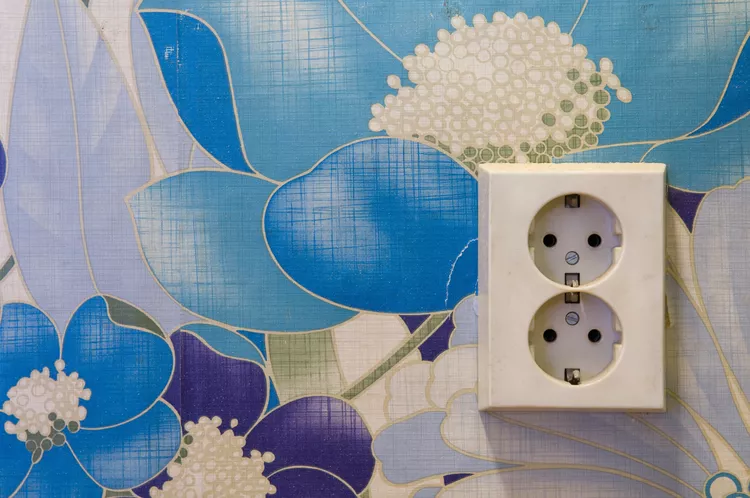Content Summary
Norway uses the Europlug (Type C & F), which has two round prongs. If you are traveling from the U.S., you will likely need either an electricity transformer or adapter for your devices to use the 220 volts of electricity available in the wall outlets. Most of Scandinavia operates on 220 volts.
A Word About Adapters, Converters, and Transformers
If you have researched powering your devices while abroad, you may have encountered the terms power “adapter,” “converter,” or “transformer.” The terminology can seem confusing; however, it is quite straightforward. A transformer or converter refers to the same device. Consequently, you only need to understand the difference between an adapter and these devices.
What Is an Adapter?
An adapter functions similarly to those available in the U.S. For example, if your device has a three-pronged plug but you can only access a two-pronged wall outlet, an adapter allows you to convert the three prongs to fit the two-pronged outlet. In Norway, the process is similar. You simply attach an adapter to your flat pronged plug, enabling it to connect to the two round prongs in the wall.
However, it is crucial to ensure that your device can handle the 220 volts coming through the outlets in Norway. In the U.S., electrical sockets typically output 110 volts. Many electronic devices, such as cell phones and laptops, are designed to tolerate up to 220 volts of power.
To verify whether your device can accept 220 volts, check the back of your laptop or any other electronic device for power input markings. If the label near the power cord indicates 100-240V or 50-60 Hz, then it is safe to utilize an adapter. Generally, a simple plug adapter is reasonably priced. Acquire one, attach it to your plug, and connect it to the outlet.
If the label near your power cord does not specify 220 volts, you will require a “step-down transformer” or power converter.
Transformers or Converters
A step-down transformer or power converter simplifies the voltage from the outlet, converting 220 volts to 110 volts for use by the appliance. Due to the technical nature of converters and the straightforward design of adapters, expect a significant price disparity. Converters tend to cost considerably more.
Converters comprise numerous components required to modify the electricity flowing through them. In contrast, adapters contain simple conductors that link one end to the other to facilitate the flow of electricity.
Should you opt to use merely an adapter without obtaining a transformer or converter, be prepared to “fry” the internal electrical components of your device, potentially rendering it inoperative.
Where to Get Converters and Adapters
Converters and adapters can be acquired in the U.S., either online or at electronic stores, and easily packed in your luggage. Alternatively, you can usually find them at airports in Norway, as well as at electronic stores, souvenir shops, and bookstores.
Tip About Hair Dryers
Avoid bringing any type of hair dryer to Norway due to their high power consumption, which necessitates proper power converters to utilize them with Norwegian sockets. Instead, consider checking with your hotel in Norway regarding availability, or it may even be more economical to purchase one upon your arrival.




